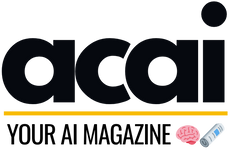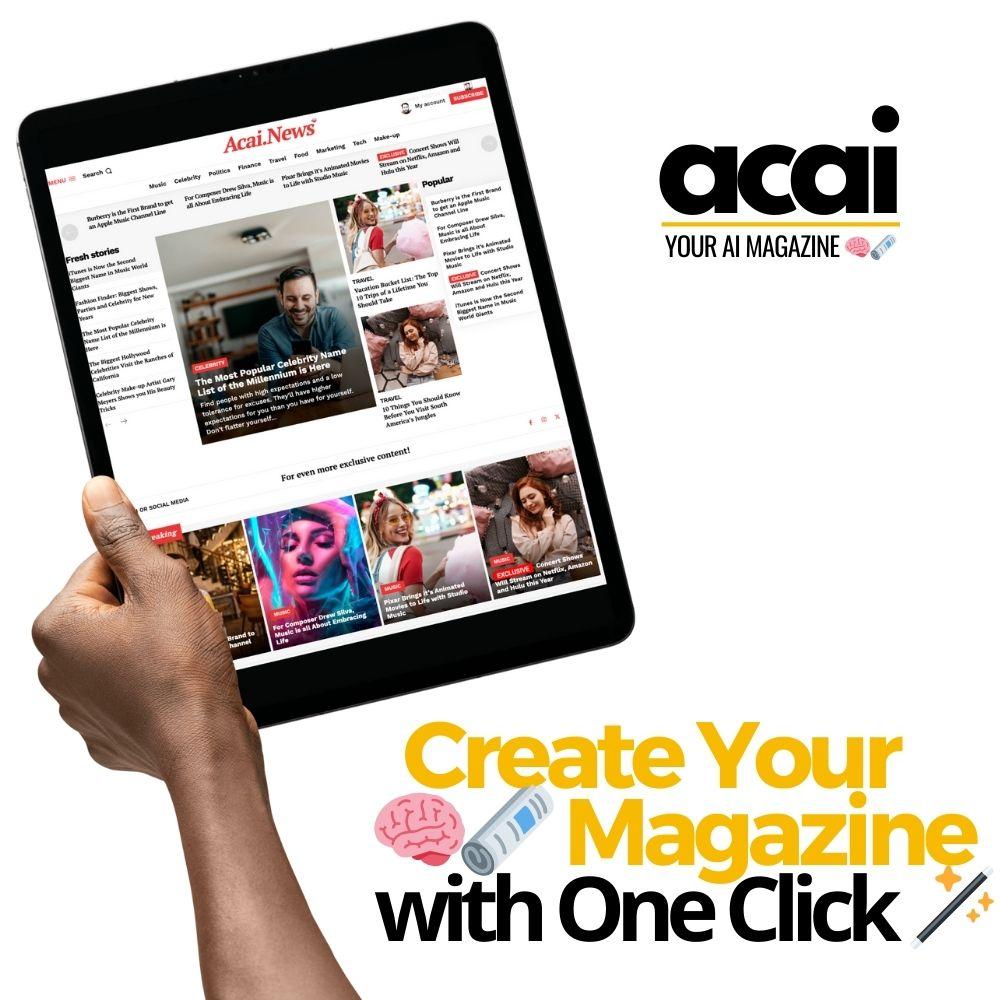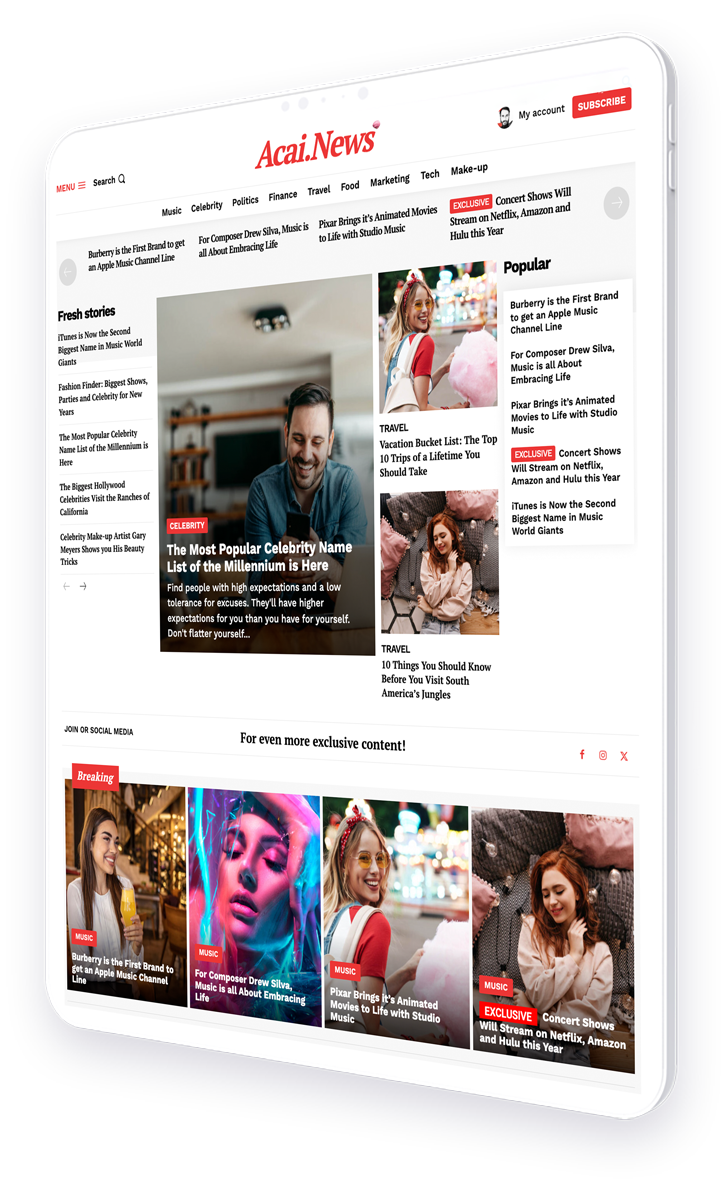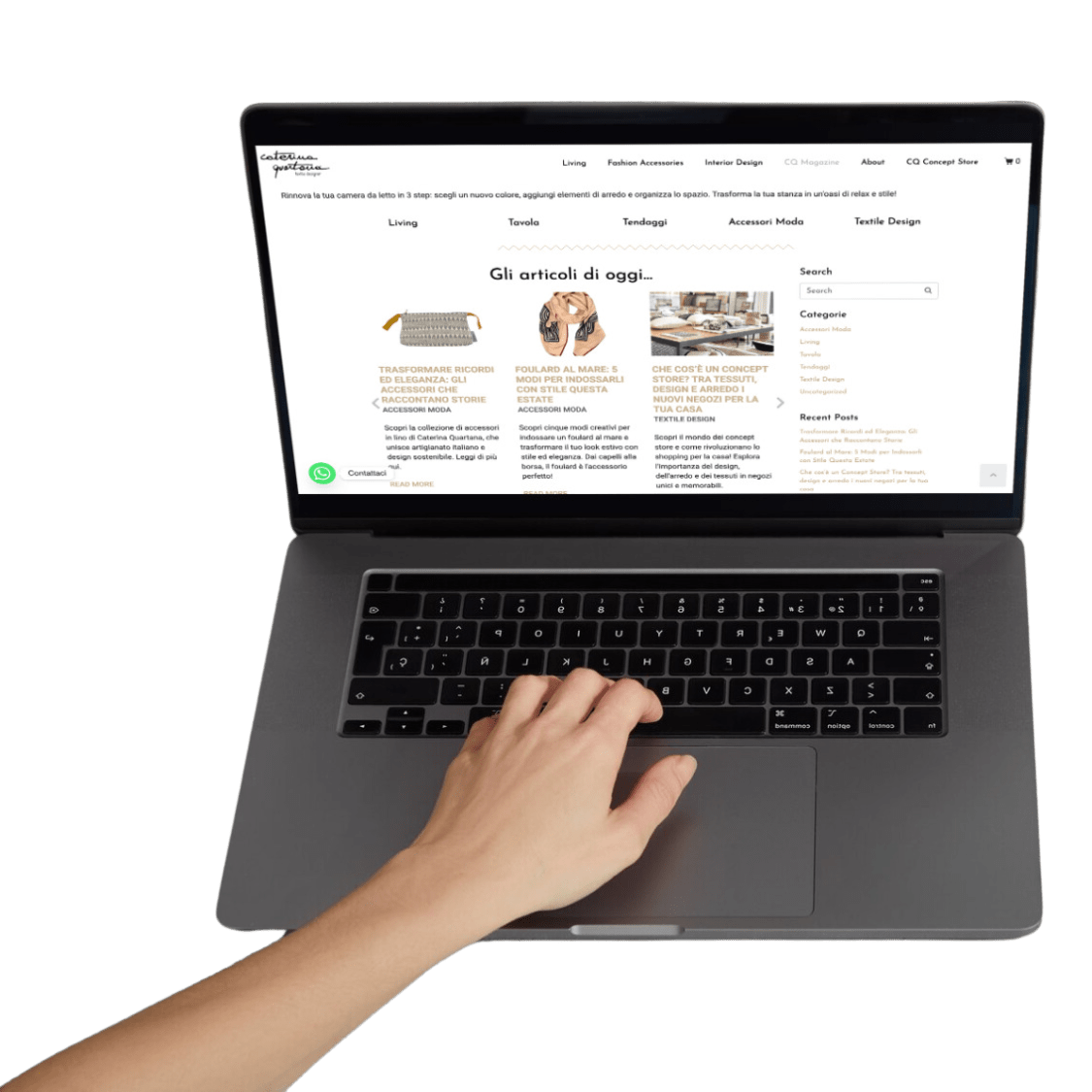Using AI to suggest and place links that improve user experience and SEO performance
In the digital age, corporate magazines are not just about delivering content; they are about creating an engaging user experience and optimizing for search engines. One of the most effective ways to achieve these goals is through strategic internal linking. With the advent of Artificial Intelligence (AI), internal linking strategies have become more sophisticated and impactful. This article explores how AI enhances internal linking strategies in corporate magazines, improving both user experience and SEO performance.
The Importance of Internal Linking in Corporate Magazines
Internal linking is a crucial aspect of any digital content strategy. It involves linking one page of a website to another page on the same site. This practice serves several purposes:
- Improving Navigation: Internal links help users navigate through the content, making it easier for them to find related articles and information.
- Enhancing SEO: Search engines use internal links to discover and index pages. A well-structured internal linking strategy can improve a site’s search engine ranking.
- Increasing Page Views: By guiding readers to related content, internal links can increase the time users spend on a site and the number of pages they view.
Despite these benefits, many corporate magazines struggle to implement effective internal linking strategies. This is where AI comes into play.
How AI Transforms Internal Linking Strategies
AI technologies have revolutionized the way corporate magazines approach internal linking. Here are some ways AI enhances internal linking strategies:
1. Automated Link Suggestions
AI algorithms can analyze content and automatically suggest relevant internal links. This process involves:
- Content Analysis: AI tools can scan articles to understand their topics and context, identifying potential linking opportunities.
- Keyword Matching: By matching keywords and phrases, AI can suggest links to related articles, ensuring relevance and coherence.
For example, a corporate magazine focusing on technology might use AI to link an article about AI advancements to related pieces on machine learning and data science.
2. Personalized User Experience
AI can personalize internal linking based on user behavior and preferences. This involves:
- User Behavior Analysis: AI tools track user interactions, such as clicks and time spent on pages, to understand their interests.
- Dynamic Linking: Based on user data, AI can dynamically adjust internal links to guide users to content that matches their preferences.
This personalized approach not only enhances user experience but also increases engagement and retention.
3. Optimizing for SEO
AI can significantly improve a corporate magazine‘s SEO performance through strategic internal linking. This includes:
- Link Structure Optimization: AI can analyze the existing link structure and suggest improvements to enhance crawlability and indexation.
- Anchor Text Optimization: By analyzing keyword data, AI can recommend anchor texts that align with SEO best practices, boosting search engine rankings.
According to a study by Search Engine Journal, websites with optimized internal linking structures see a significant increase in organic traffic.
Case Studies: AI in Action
Several corporate magazines have successfully implemented AI-driven internal linking strategies. Here are a few examples:
Case Study 1: Tech Innovators Magazine
Tech Innovators Magazine, a leading publication in the technology sector, integrated AI tools to enhance its internal linking strategy. By using AI to analyze content and user behavior, the magazine achieved:
- 30% Increase in Page Views: Personalized link suggestions led to higher user engagement and more page views.
- Improved SEO Rankings: Optimized link structures and anchor texts resulted in better search engine rankings.
Case Study 2: Health & Wellness Digest
Health & Wellness Digest, a popular magazine in the health industry, leveraged AI to automate its internal linking process. The results included:
- Enhanced User Experience: Dynamic linking based on user preferences improved the overall reading experience.
- Increased Time on Site: Users spent more time on the site, exploring related content suggested by AI.
Challenges and Considerations
While AI offers numerous benefits for internal linking strategies, there are challenges and considerations to keep in mind:
- Data Privacy: Personalizing links requires collecting and analyzing user data, raising privacy concerns that must be addressed.
- Algorithm Bias: AI algorithms may inadvertently introduce bias, affecting the relevance and diversity of link suggestions.
- Integration Complexity: Implementing AI tools can be complex and may require significant resources and expertise.
Despite these challenges, the potential benefits of AI-driven internal linking strategies make it a worthwhile investment for corporate magazines.
Conclusion: The Future of Internal Linking with AI
As AI technology continues to evolve, its impact on internal linking strategies in corporate magazines will only grow. By automating link suggestions, personalizing user experiences, and optimizing for SEO, AI offers a powerful tool for enhancing both user engagement and search engine performance. Corporate magazines that embrace AI-driven internal linking strategies will be better positioned to succeed in the competitive digital landscape.
In conclusion, AI is not just a tool for improving internal linking; it is a transformative force that can elevate the entire content strategy of corporate magazines. By leveraging AI, publishers can create more engaging, relevant, and optimized content experiences for their readers.




